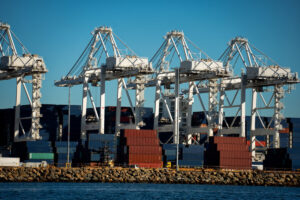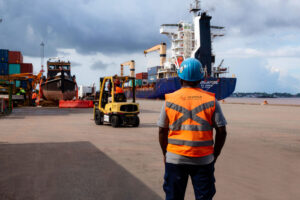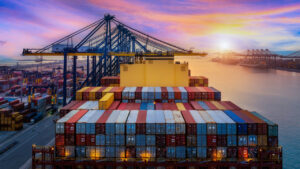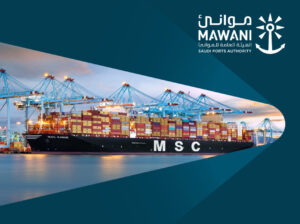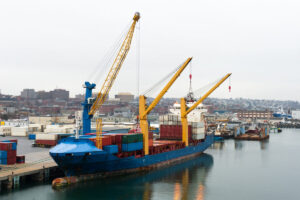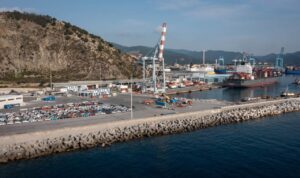The Port of Hong Kong has become the latest major port to see its container volume slump as a result of the COVID-19 pandemic.
The port has reported its January-March traffic which fell by 5.8% year-on-year (YoY).
In its latest monthly statistics, the port authority posted that the Kwai Tsing container terminal volume dropped by 5.4% YoY during the first three months of the year.
In total, the other eight terminals saw their volume drop by 7.1% as the COVID-19 pandemic added to Hong Kong’s woes.
As one of the main container ports in the region of China, Hong Kong was one of the first major centres of global commerce to be affected by the COVID-19 pandemic.
In November and December 2019, as the outbreak was spreading beyond the Chinese mainland, Hong Kong’s volume took a substantial hit, falling by 7.8% and 8.9% in the last two months of the year.
It marked weak end to a miserable year for the port, in which its volume had decreased YoY in every month and saw it slip even further behind other major hubs in the region, including Busan, South Korea.
Gateway to China
Once the busiest port in the world, Hong Kong has declined in large part, ironically, as China’s share of the global maritime industry has grown.
The ascent of ports such as Shanghai, Ningbo and Guangzhou has meant it is no longer the main gateway in and out of China.
Another factor rests on the Chinese government’s decision to allow foreign-flagged vessels to move cargo in between Chinese ports, which had previously been prohibited.
This gave massively increased the volume of other Chinese ports and helped the country’s domestic supply chain boom, while it began to rely on Hong Kong less and less.
Hong Kong’s decline can also be attributed to its slow adoption of technological innovation, such as automation, compared to its Chinese rivals. Other ports, such as Ningbo and Shanghai, have thrived using greenfield and brownfield automation.
In short, since it was dislodged as the world’s busiest port in 2005, Hong Kong has seen its share of the Chinese economy fall from 18.4% to 2.8%.
Even the growth of non-Chinese ports, including Singapore and Busan, snatched its regional market share and it looks likely to fall even further behind in the coming years.
However, in early 2019, a coalition of regional terminal operators, led by Hutchison Ports, launched the Seaport Alliance to help Hong Kong recover.
It aims to rapidly improve the technology used in the port and overhaul its container yard fleet using the internet-of-things (IoT), artificial intelligence and blockchain.

